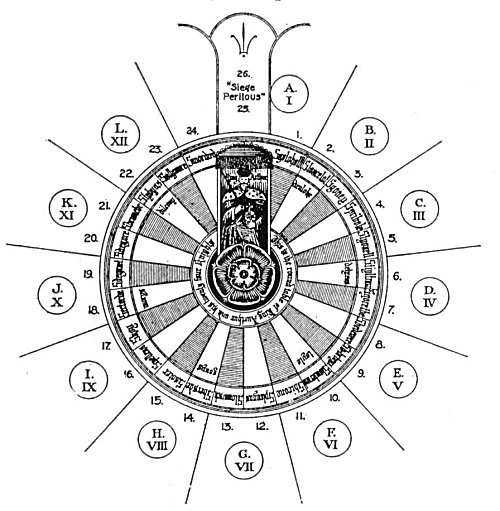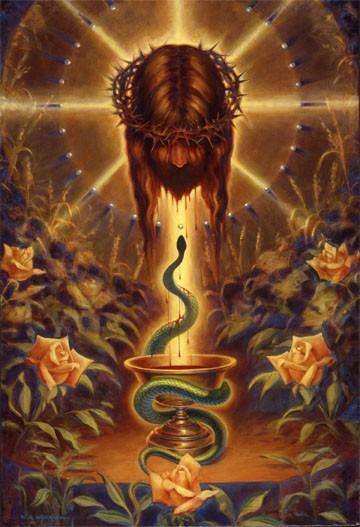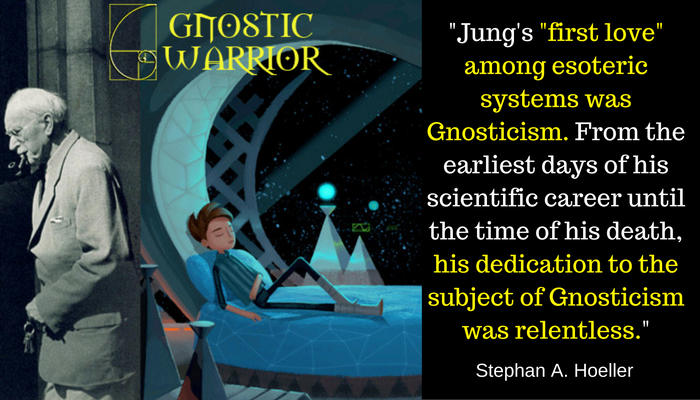When they were debating upon the choice of the most appropriate symbol to remind them of Jesus, Clemens advised them in the following words: “Let the engraving upon the gem of your ring be either a dove, or a ship running before the wind (the Argha), or a fish.” Was the good father, when writing this sentence, laboring under the recollection of Joshua, son of Nun (called Jesus in the Greek and Slavonian versions); or had he forgotten the real interpretation of these Pagan symbols?
Page 257
Joshua, son of Nun, or Nave (Navis), could have with perfect propriety adopted the image of a ship, or even of a fish, for Joshua means Jesus, son of the fish-god; but it was really too hazardous to connect the emblems of Venus, Astarte, and all the Hindu goddesses — the argha, dove, and fish — with the “immaculate” birth of their god! This looks very much as if in the early days of Christianity but little difference was made between Christ, Bacchus, Apollo, and the Hindu Christna, the incarnation of Vishnu, with whose first avatar this symbol of the fish originated.
In the Hari-purana, in the Bagaved-gitta, as well as in several other books, the god Vishnu is shown as having assumed the form of a fish with a human head, in order to reclaim the Vedas lost during the deluge. Having enabled Visvamitra to escape with all his tribe in the ark, Vishnu, pitying weak and ignorant humanity, remained with them for some time. It was this god who taught them to build houses, cultivate the land, and to thank the unknown Deity whom he represented, by building temples and instituting a regular worship; and, as he remained half-fish, half-man, all the time, at every sunset he used to return to the ocean, wherein he passed the night.
“It is he,” says the sacred book, “who taught men, after the diluvium, all that was necessary for their happiness.
“One day he plunged into the water and returned no more, for the earth had covered itself again with vegetation, fruit, and cattle.
“But he had taught the Brahmas the secret of all things” (Hari-purana).
So far, we see in this narrative the double of the story given by the Babylonian Berosus about Oannes, the fish-man, who is no other than Vishnu — unless, indeed, we have to believe that it was Chaldea which civilized India!
We say again, we desire to give nothing on our sole authority. Therefore we cite Jacolliot, who, however criticised and contradicted on other points, and however loose he may be in the matter of chronology (though even in this he is nearer right than those scientists who would have all Hindu books written since the Council of Nicea), at least cannot be denied the reputation of a good Sanscrit scholar. And he says, while analyzing the word Oan, or Oannes, that O in Sanscrit is an interjection expressing an invocation, as O, Swayambhuva! O, God! etc.; and An is a radical, signifying in Sanscrit a spirit, a being; and, we presume, what the Greeks meant by the word Daemon, a semi-god.
“What an extraordinary antiquity,” he remarks, “this fable of Vishnu, disguised as a fish, gives to the sacred books of the Hindus; especially in presence of the fact that the Vedas and Manu reckon more than twenty-five thousand years of existence, as proved by the most serious as the
Page 258
most authentic documents. Few peoples, says the learned Halled, have their annals more authentic or serious than the Hindus.”
We may, perhaps, throw additional light upon the puzzling question of the fish-symbol by reminding the reader that according to Genesis the first created of living beings, the first type of animal life, was the fish. “And the Elohim said: ‘Let the waters bring forth abundantly the moving creature that hath life‘ . . . and God created great whales . . . and the morning and the evening were the fifth day.” Jonah is swallowed by a big fish, and is cast out again three days later. This the Christians regard as a premonition of the three days’ sepulture of Jesus which preceded his resurrection — though the statement of the three days is as fanciful as much of the rest, and adopted to fit the well-known threat to destroy the temple and rebuild it again in three days. Between his burial and alleged resurrection there intervened but one day — the Jewish Sabbath — as he was buried on Friday evening and rose to life at dawn on Sunday. However, whatever other circumstance may be regarded as a prophecy, the story of Jonah cannot be made to answer the purpose.

Moe is the founder of GnosticWarrior.com. He is a father, husband, author, martial arts black belt, and an expert in Gnosticism, the occult, and esotericism.









